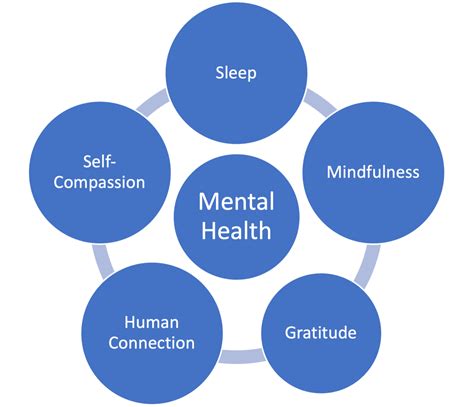Prostitutes Apas

Inside the world’s grimmest “open sex market,” where prostitutes operate in harsh conditions, the industry thrives despite its illicit nature. Missing: “Prostitution and the Invisibility of Harm” by F. Mateer explores how societal neglect exacerbates the exploitation of sex workers. In “Solved Chapter 5 in the Linebach Kovacsiss textbook,” insights into economic motivations behind prostitution are discussed, highlighting financial desperation as a driving factor.
Societal and Economic Factors

“Missing [continue text] What is the Dark Web? How to access it” explains the role of encrypted networks in facilitating illegal activities, including modern sex trafficking. F. Mateer’s 1920 study, cited twice, reveals the historical prevalence of prostitution, linking it to social inequalities of the time.
Psychological and Health Aspects

YE Jung’s 2008 analysis, cited 64 times, delves into the psychology of clients seeking prostitutes, emphasizing emotional disconnect. “Inside the Brothel: Depictions of Prostitution in 19th…” discusses how art and literature portrayed brothels, reflecting societal attitudes towards sex work.
MW Firmin’s 2013 study, cited 16 times, examines gender roles and public-private divides, noting how prostitution challenges these boundaries. “Essential Clinical Care for Sex Workers” addresses health issues, advocating comprehensive services for sex workers.
A recent study reports a 5% HIV prevalence among U.S. female sex workers, underscoring health risks and the need for intervention. Johnny Matthews’ work on prostitution economics reveals a $4.5 billion annual industry, driven by demand and supply dynamics.
SDA Litam’s study, cited 37 times, examines corporate tourism’s role in prostitution, with countries marketing sex tourism as an economic strategy. A 2013 study by A. Hulusjö asks about prostitution’s functions and dysfunctions, suggesting it serves as an outlet for sexual desires but often perpetuates exploitation.
M. Farley’s 2004 research, cited 733 times, evaluates massage parlor prostitution, identifying coercion and trafficking as prevalent issues. L. Kappelman’s 1988 study on male clients shows dual mating strategies, balancing emotional and physical needs through different partners.
Concerns about prostitution and drugs in apartments highlight residential challenges, suggesting a link between drug use and sex work as economic survival. High-end brothels maintain legitimacy, with prostitutes viewing it as a primary income source, though often under exploitative conditions.
T. Reis’ 2022 study on Rome’s prostitution history notes it was legal and socially accepted, with brothels indicating a complex interplay of sexuality, economy, and law. Harms like PTSD are prevalent, with prostitutes experiencing higher rates of mental health issues due to stigma and violence.
*TAGS* – sex industry risks, prostitution economics, health risks in sex work